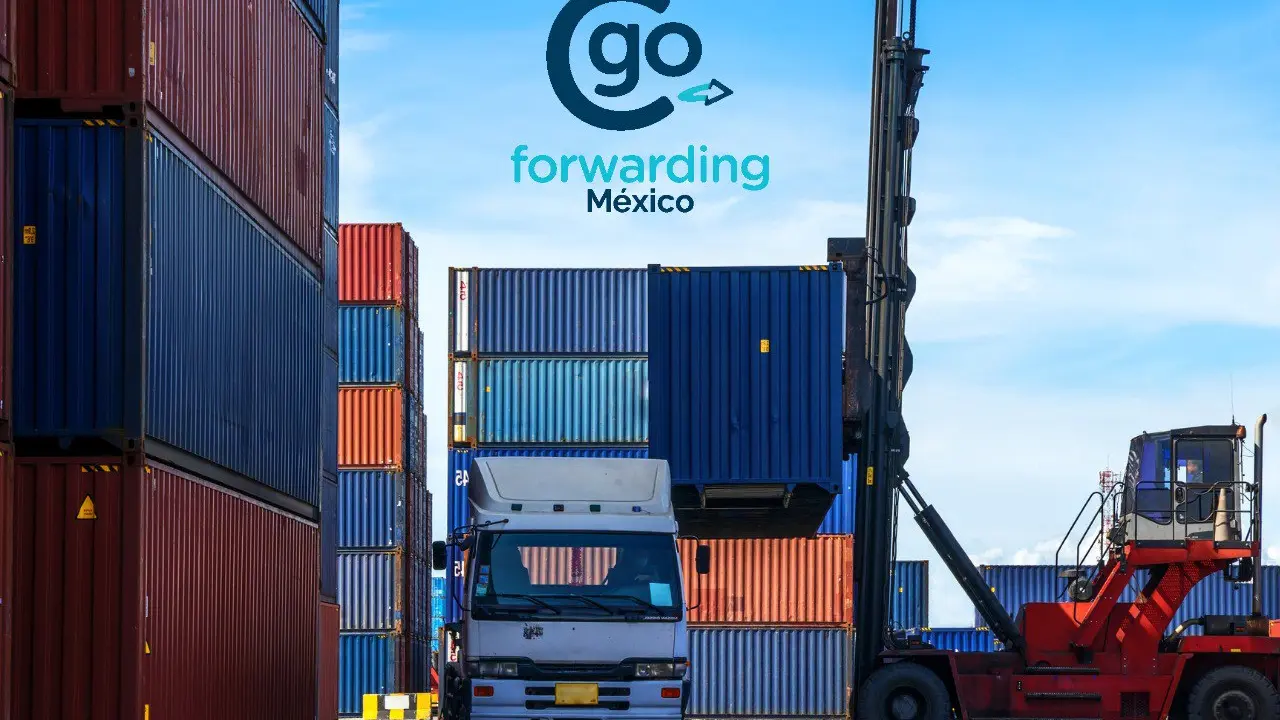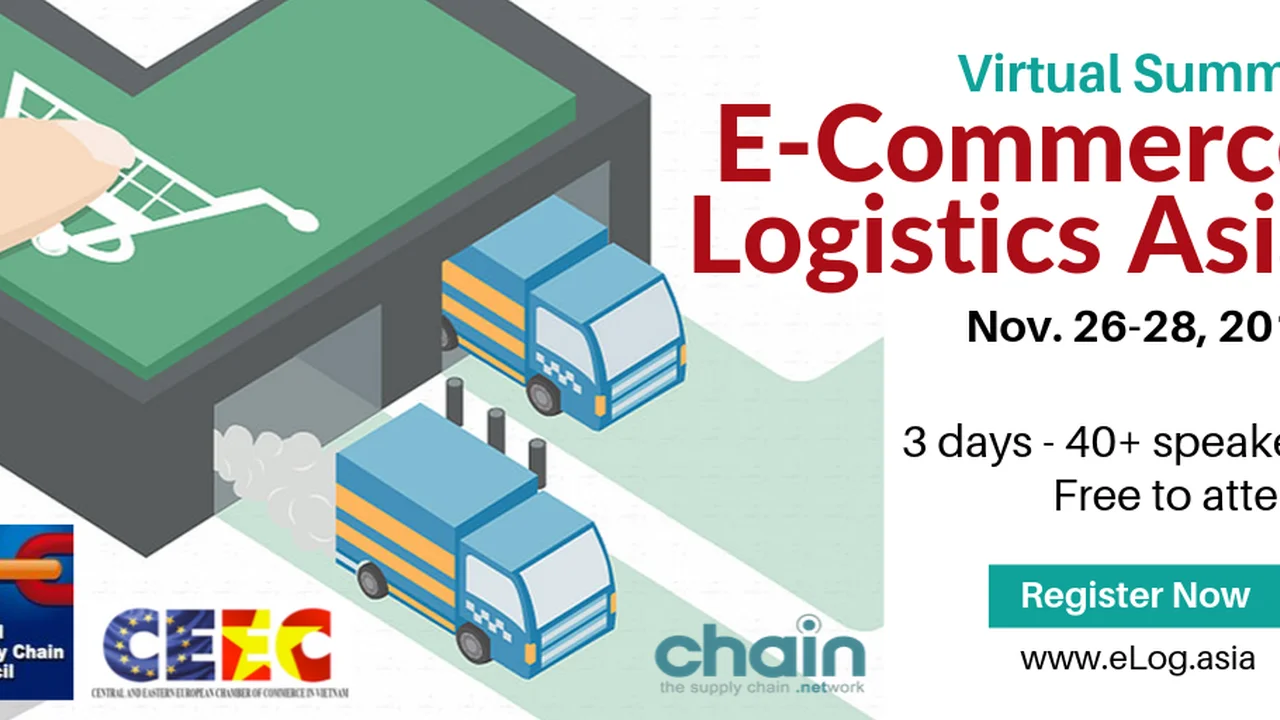Top 7 Online Marketplaces in Mexico for 2025: A Comprehensive Guide
Sample meta description.

Introduction to the Booming Mexican E-commerce Market and Online Marketplaces
Hey there! Thinking about diving into the Mexican e-commerce scene? You're in the right place. Mexico's online market is absolutely exploding, and it's showing no signs of slowing down. We're talking massive growth potential, especially when it comes to online marketplaces. These digital hubs are where millions of Mexicans are heading to buy everything from the latest gadgets to everyday groceries. So, if you're an entrepreneur, a brand looking to expand, or just curious about the future of e-commerce in Latin America, pay attention! This guide is your passport to understanding the top online marketplaces in Mexico for 2025.
Why Mexico? Understanding the E-commerce Landscape and Market Growth
Okay, let's break down why Mexico is such a hot market. First off, internet penetration is on the rise. More and more Mexicans are getting online, thanks to affordable smartphones and expanding internet infrastructure. This means a larger pool of potential customers for your products. Secondly, Mexicans are embracing online shopping like never before. They're comfortable making purchases online, and they're actively searching for deals and unique products. This shift in consumer behavior is driving the growth of e-commerce in the country. Finally, Mexico's strategic location and free trade agreements make it an attractive gateway to the broader Latin American market. So, by establishing a presence in Mexico, you're not just tapping into one market, you're opening doors to a whole region.
The Top 7 Online Marketplaces in Mexico for 2025 A Detailed Overview
Alright, let's get to the good stuff! Here are the top 7 online marketplaces you need to know about if you're serious about doing business in Mexico in 2025. We'll dive into each platform, highlighting their strengths, target audience, and unique features.
1. Mercado Libre Mexico The Undisputed King of E-commerce
Mercado Libre (Free Market) is the big kahuna in Latin American e-commerce, and Mexico is no exception. It's like the Amazon of Latin America. With millions of active users and a massive product catalog, Mercado Libre offers unparalleled reach and visibility. Whether you're selling electronics, fashion, home goods, or auto parts, you'll find a ready-made audience on this platform. Mercado Libre also offers a variety of seller tools and services, including payment processing, shipping solutions, and advertising options, making it easy to get started and scale your business.
2. Amazon Mexico The Global Giant Makes its Mark
Of course, Amazon is a major player in Mexico as well. While it may not have the same level of dominance as Mercado Libre, Amazon's brand recognition and extensive infrastructure give it a significant advantage. Amazon Mexico offers a wide range of products, competitive pricing, and reliable shipping, attracting a loyal customer base. If you're already selling on Amazon in other countries, expanding to Mexico is a no-brainer.
3. Liverpool Mexico Department Store Goes Digital
Liverpool is a well-established department store chain in Mexico, and its online marketplace is gaining traction. It's a great option for brands looking to reach a more affluent and brand-conscious audience. Liverpool's online platform offers a curated selection of products, focusing on fashion, beauty, home goods, and electronics. The advantage here is that Liverpool already has a strong reputation for quality and customer service, which can translate into higher conversion rates for your products.
4. Coppel Mexico Another Department Store with E-commerce Ambitions
Similar to Liverpool, Coppel is another popular department store chain in Mexico with a growing online presence. Coppel caters to a broader demographic, offering a mix of affordable and mid-range products. Its online marketplace is particularly strong in categories like apparel, footwear, furniture, and electronics. If you're targeting the mass market, Coppel is definitely worth considering.
5. Walmart Mexico The Retail Giant Enters the Online Arena
Walmart's online marketplace in Mexico is rapidly expanding, leveraging its vast retail network and brand recognition. It offers a wide range of products at competitive prices, attracting budget-conscious shoppers. If you're selling everyday essentials, groceries, or home goods, Walmart Mexico can provide significant exposure.
6. Linio Mexico A Regional Player with Local Expertise
Linio is a regional e-commerce platform with a strong presence in Latin America, including Mexico. It offers a diverse product catalog, focusing on electronics, fashion, home goods, and beauty products. Linio's advantage lies in its local expertise and understanding of the Mexican market. It provides tailored marketing solutions and customer support in Spanish, making it easier for sellers to connect with local customers.
7. Claro Shop Mexico Telecom Giant's E-commerce Venture
Claro Shop is an online marketplace owned by América Móvil, the largest telecom company in Latin America. It leverages Claro's vast customer base and network to drive e-commerce growth. Claro Shop offers a variety of products, with a focus on electronics, mobile devices, and accessories. It's a good option for brands looking to reach tech-savvy consumers.
Product Recommendations and Usage Scenarios: Finding the Perfect Fit for Your Brand
Okay, let's get specific. Here are a few product recommendations and usage scenarios to give you a better idea of how to leverage these marketplaces:
Scenario 1: Selling Smart Home Devices on Mercado Libre and Amazon
Let's say you're selling smart home devices like smart lights, smart thermostats, and security cameras. Mercado Libre and Amazon are your best bets. Mexicans are increasingly adopting smart home technology, and these platforms offer the widest reach.
Product Example: The "EcoLife Smart Bulb" - A Wi-Fi enabled smart bulb that can be controlled via a smartphone app.
Usage Scenario: Consumers can use the EcoLife Smart Bulb to create custom lighting scenes, automate their lighting schedules, and save energy. Imagine setting the lights to dim automatically at sunset or turning them on remotely when you're away on vacation.
Pricing: The EcoLife Smart Bulb typically retails for around $15-$20 USD.
Comparison: Compared to Philips Hue bulbs, EcoLife offers a more affordable entry point into the smart home ecosystem. While Philips Hue boasts a wider range of features and integrations, EcoLife provides a simple and user-friendly experience at a lower price point.
Scenario 2: Selling Fashion Apparel on Liverpool and Coppel
If you're in the fashion business, Liverpool and Coppel are worth exploring. Liverpool caters to a more fashion-conscious audience, while Coppel targets a broader demographic.
Product Example: The "Azteca Dress" - A stylish and comfortable dress made from locally sourced cotton.
Usage Scenario: The Azteca Dress is perfect for everyday wear, casual outings, or even dressier occasions. Its versatile design and comfortable fabric make it a wardrobe staple.
Pricing: The Azteca Dress typically retails for around $30-$40 USD.
Comparison: Compared to fast-fashion brands, the Azteca Dress emphasizes quality and sustainability. It's made from durable materials and designed to last, making it a more eco-friendly and long-lasting option.
Scenario 3: Selling Kitchen Appliances on Walmart and Linio
For kitchen appliances, Walmart and Linio offer a good balance of reach and affordability. Walmart attracts budget-conscious shoppers, while Linio offers a more curated selection.
Product Example: The "Taco Master 3000" - A compact and efficient taco maker that can prepare up to six tacos at a time.
Usage Scenario: The Taco Master 3000 simplifies the taco-making process, allowing users to quickly and easily prepare delicious tacos at home. It's perfect for busy families or anyone who loves tacos.
Pricing: The Taco Master 3000 typically retails for around $25-$30 USD.
Comparison: Compared to traditional taco-making methods, the Taco Master 3000 saves time and effort. It ensures consistent results and eliminates the mess and hassle of frying tortillas.
Understanding Marketplace Fees and Commissions Optimizing Your Profit Margins
Before you jump in, it's crucial to understand the fees and commissions associated with each marketplace. These fees can vary significantly, so it's important to factor them into your pricing strategy. Mercado Libre, for example, charges a commission fee based on the category of your product and the type of listing you choose. Amazon also charges commission fees, as well as fulfillment fees if you use their fulfillment services (FBA). Liverpool and Coppel may have different fee structures, depending on the specific agreement you have with them. Make sure to carefully review the fee schedules and calculate your profit margins before listing your products.
SEO Optimization Strategies for Mexican Marketplaces Driving Traffic and Visibility
To succeed on these marketplaces, you need to optimize your product listings for search engines. This means using relevant keywords in your product titles, descriptions, and tags. Research what keywords Mexicans are using to search for your products and incorporate them into your listings. For example, if you're selling running shoes, you might want to use keywords like "tenis para correr" (running shoes in Spanish) or "zapatillas deportivas" (sports shoes). Also, make sure to use high-quality product images and videos to showcase your products in the best possible light. Finally, encourage customers to leave reviews, as positive reviews can significantly boost your search rankings and conversion rates.
Payment and Shipping Considerations Navigating the Logistics of Mexican E-commerce
Payment and shipping are critical aspects of the e-commerce experience. In Mexico, credit cards are widely used, but many consumers also prefer alternative payment methods like Oxxo (a popular convenience store chain) and cash on delivery. Make sure to offer a variety of payment options to cater to different customer preferences. When it comes to shipping, consider partnering with a reliable logistics provider that can offer fast and affordable delivery to different parts of Mexico. Also, be aware of customs regulations and import duties if you're shipping products from outside of Mexico.
Customer Service and Support Building Trust and Loyalty with Mexican Shoppers
Providing excellent customer service is essential for building trust and loyalty with Mexican shoppers. Respond promptly to customer inquiries, resolve issues quickly and efficiently, and offer personalized support. Consider providing customer service in Spanish to cater to the local market. Building strong relationships with your customers can lead to repeat business and positive word-of-mouth referrals.
Mobile Optimization Catering to the Mobile-First Mexican Consumer
Mexico is a mobile-first market, meaning that a large percentage of online shoppers use their smartphones to browse and make purchases. Make sure your product listings and website are fully optimized for mobile devices. This means using a responsive design, optimizing images for mobile viewing, and providing a seamless mobile checkout experience. Ignoring mobile optimization can result in lost sales and a poor customer experience.
The Future of E-commerce in Mexico Trends to Watch in 2025 and Beyond
The Mexican e-commerce market is constantly evolving, so it's important to stay up-to-date on the latest trends. Some trends to watch in 2025 and beyond include the growth of mobile commerce, the increasing adoption of artificial intelligence (AI) in e-commerce, the rise of social commerce, and the growing demand for sustainable and ethical products. By understanding these trends, you can position your business for long-term success in the Mexican e-commerce market.
:max_bytes(150000):strip_icc()/277019-baked-pork-chops-with-cream-of-mushroom-soup-DDMFS-beauty-4x3-BG-7505-5762b731cf30447d9cbbbbbf387beafa.jpg)






